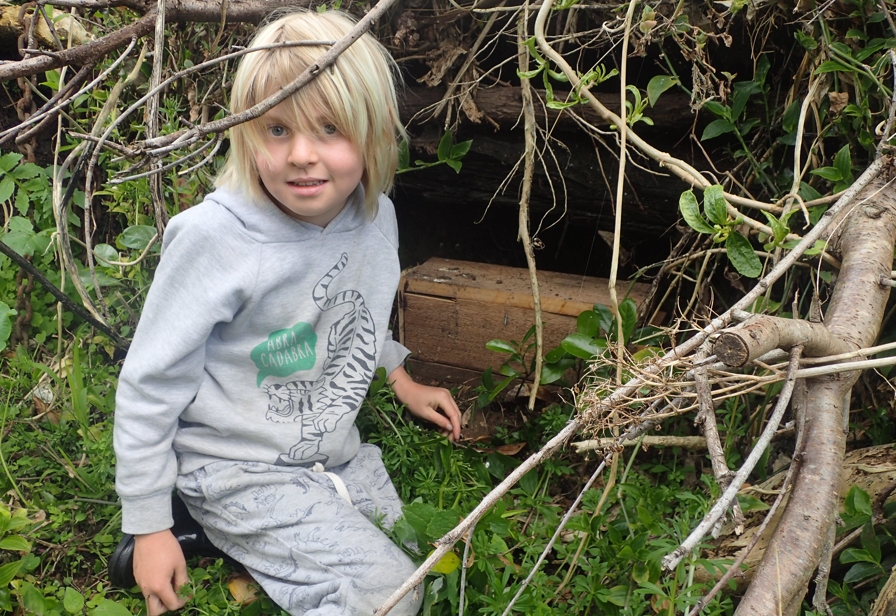When putting out your trap – think like a rat!
That's the trapping advice from Josh La Franchie, one of New Plymouth district's most committed and youngest urban trappers.

About 1100 traps have been set in the district's urban backyards by residents, who like josh, want to protect native wildlife and plants and have joined Towards Predator-Free Taranaki.
"They like to hang around under trees and we seem to catch more down by the river, says Josh (7), from Oakura as he checks a rat trap nestled under vegetation next to a retaining wall.
Josh and his sisters Indy and Ella have caught rats, mice and a possum since the Project started in Oakura in September this year.
Josh’s parents are also pleased with efforts to reduce predator numbers, which will mean a bumper crop of fruit for their urban Linda St garden this summer, as well as encouraging native wildlife to thrive in their backyard.
Many Oakura trappers talk about the huge rats which hang around the Waimoku and Wairau streams weaving through the township.
However, Toby Shanley, ecologist and Towards Predator-Free Taranaki Project Manager, says even if rats are abundant, traps needs to be in the right spot to catch them.
“Rats like to stay under cover and may be hanging around food or water sources. Good places for your rat trap are against a wall where rats might run along, next to your woodpile, compost, recycling, or under vegetation," Mr Shanely says.
“Coming into spring we are likely to see more rats so try shifting your trap around every few weeks and try different lures/bait if you aren’t catching anything”.
Like Josh, many New Plymouth residents swear by peanut butter as a lure in their trap, but you can also try nutella, or nuts.
Josh and his family are also recording their trap catches on Trap.NZ, a nationwide database being used to record where traps are located and what is being caught. Logging trap and catches on Trap NZ provides valuable data to track predator control around the region, assessing progress and helping identify gaps in the region’s trapping network.